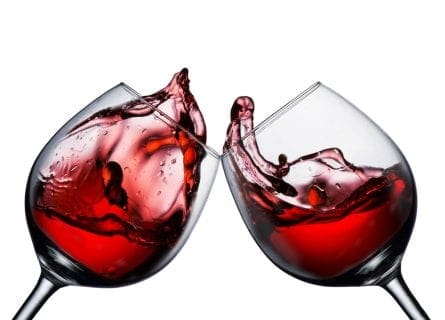
Bordeaux Vs Burgundy: Battle of the Titans
March 7, 2020
Discover the ultimate battle of Bordeaux vs. Burgundy: Unraveling the complexities, flavors, & histories of wine regions to find out which reigns supreme! 🍷
By: James lawrence / Last updated: April 20, 2024
Estimated reading time: 14 minutes
“Super Tuscan” is a wine term you may have encountered before but not know what it means. Are we right? So what is the definition of “Super Tuscan” exactly? Super Tuscan wines are super high quality – and generally super high priced – red wines from the Tuscan region, intentionally made with non-indigenous and non-accepted grape varietals or grape blends or viticultural production techniques that “break the rules” of the local Italian wine appellations (called DOCs and DOCGs). Unorthodox wines, in other words! Wineries craft these signature wines, rejecting local regulation boards’ bureaucratic restraints or rules, and willingly create their wine masterpieces without the appellation stamp.
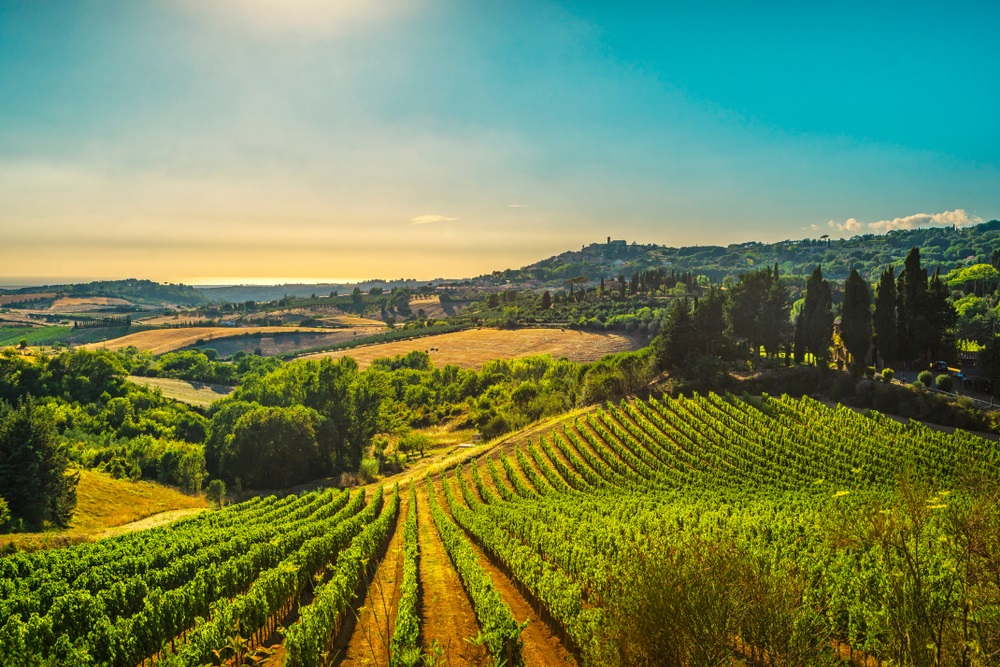
The idea of Super Tuscans allowed the creativity of vintners to bypass the strict laws of the Italian appellation systems. This idea emerged in the 1970s when a few Tuscan red wines outside the appellations gained international attention and substantial commercial success. Sassicaia from Tenuta San Guido estate was the forerunner; Marchese Mario Incisa della Rocchetta created it near Bolgheri and the Tyrrhenian coast. In 1944, he planted cuttings from Chateau Lafite in his vineyards and brought back French oak barrels for aging. After his nephew Piero Antinori convinced him to sell some of his 1968 vintages, Sassicaia became an absolute legend, winning a blind tasting in London in 1978, first among the 33 best Cabernet Sauvignons of the world.
The founder of Sassicaia, Mario della Rochetta, planted the seeds of the transformation of the Tuscany wine region. By the late 1960s, proud winegrowers were sick of Tuscany’s falling reputation as a fine wine heartland, endlessly debating how to improve this sad state of affairs. However, by the 1970s, a group of innovative and quality-minded producers had a benchmark to follow. The Antinori family created the first Super Tuscan wine in 1971: Tignanello, a blend of 80% Sangiovese, 15% Cabernet Sauvignon, and 5% Cabernet Franc.
The Tignanello estate is in the heart of the beautiful Chianti Classico appellation area. They could not use the Chianti label on the wine because they used grapes that were not permitted [at the time]. Initially, these wines were recognized and sold as ‘vino da tavola’ table wines.
European Union legislation eventually led to changes in the appellations. In 1992, the Italian government dropped the table wine designation for vintage-dated wines and created a new appellation: the Indicazione Geografica Tipica (IGT). This appellation gave wine producers greater freedom to express themselves. Some restrictions do exist, but they are fundamental.
Thanks to the evolution of appellations, you can find IGT and DOC Super Tuscans. The Bolgheri DOC, created in 1984 for white and rosé wines in the Bolgheri area on the Tuscan coast, home to Tenuta San Guido and Sassicaia, received approval for the sub-appellations Bolgheri Superiore DOC and Bolgheri Sassicaia DOC for red wines in 1994. Sassicaia is the only Super Tuscan – and, in fact, the only wine in Italy – that gained its sub-appellation. The change in appellations allowed some Super Tuscans produced within the Chianti Classico region, such as Cepparello and Flaccianello, to be labeled as Chianti Classico DOCG. Still, the producers decided, in the end, to stay within the IGT appellation.
The term “Super Tuscan” appeared in the late 1980s, and it is still unclear who coined it, whether Master of Wine Nicholas Belfrage, MW David Gleave, or Burton Anderson. Regardless, it became an iconic name in the wine business.
Wineries sell Super Tuscans in elegant bottles with designer labels and creative names, enhancing the idea of originality. These wines are known for their deep color, full body, and excellent balance. They have an extended capacity for aging. Even with their unusual categorization, wine critics, collectors, and consumers alike recognize Super Tuscans as one of the world’s most outstanding wines.
A new set of challenges, not least the global threat of climate change, is forcing the region’s winemakers to embrace new viticultural ideas and even consider new varieties. Recently, Ornellaia’s respected winemaker Axel Heinz told journalists, “Merlot is not coping well with the heat in some parts of Bolgheri.” He was referring to parcels of Merlot planted on sandy soils, which do not benefit from the cooling influences inherent to their higher altitude terroirs, which are closer to the sea. “In the future, it may be the case that we have to rip it out,” Heinz said.
But you can rest assured that the region’s leading winemakers are tirelessly working to ensure their wines remain as fresh, balanced, and delicious as the Tuscan heyday of the 1970s. The following are the cream of the Super Tuscan crop – anchored in proud traditions of supreme quality while concurrently embracing the realities of 21st-century wine growing in this magical corner of Italy.
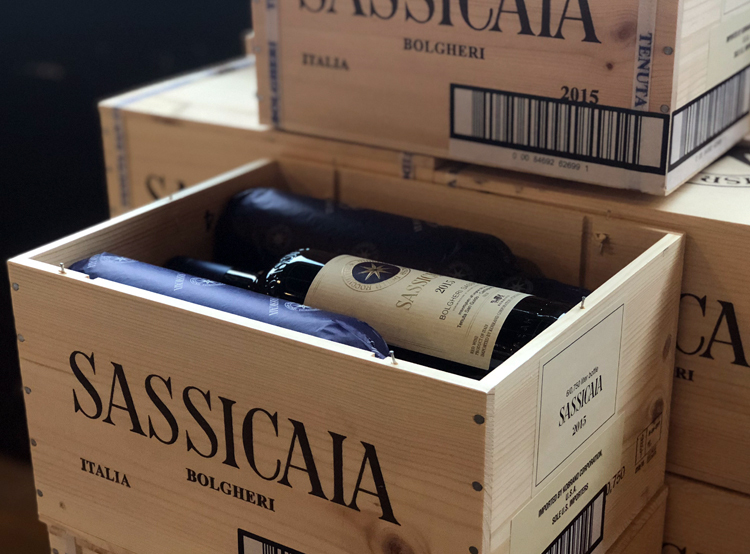
Once Sassicaia was an interloper, a new face in the collector’s circuit. Now, it needs a scant introduction to auction houses and sybarites. It claims to be Italy’s first Super Tuscan, established in the 1960s by Marchese Incisa della Rocchetta on the beautiful Tuscan coast. The terroir is legendary, as is the care and attention in the winery. The 2017 vintage was described as “curvy” and “racy” by leading critic Antonio Galloni – who are we to argue? A blend of 85% Cabernet Sauvignon and 15% Cabernet Franc, the latest release from this venerable estate, could be the most magnificent to date.
Approachable with suave and velvety tannins, it appeals to both impatient drinkers and those who wish to wait; top vintages of Sassicaia tend to do very well in the secondary market due to their potential as an investment vehicle. Our advice, though, is to drink and savor rather than sell.
website: www.tenutasanguido.com
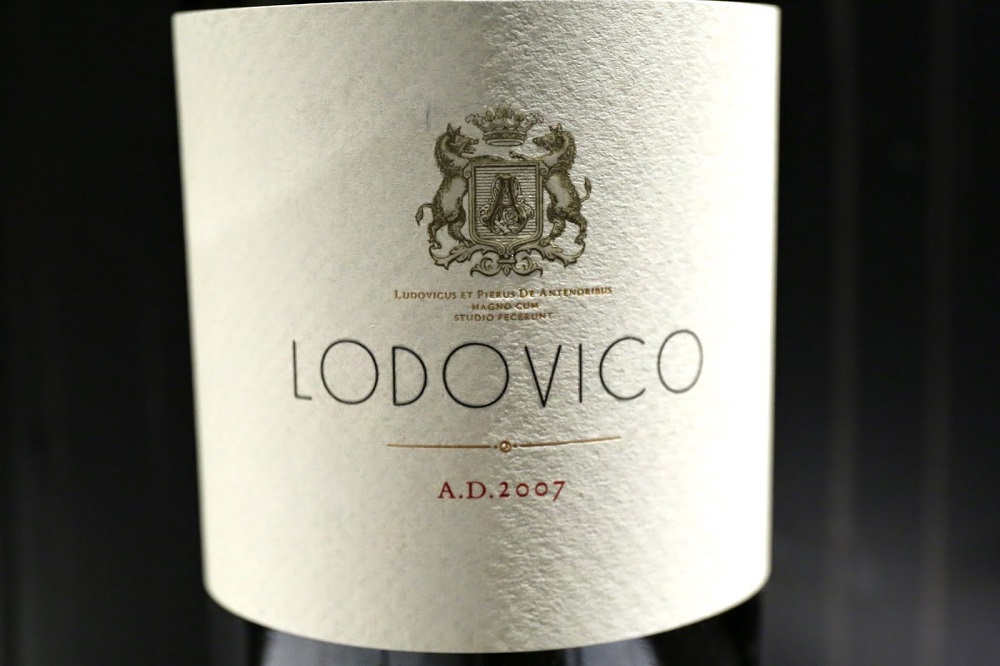
Named after the estate’s savior, Lodovico is perhaps one of Tuscany’s less famous icon wines. After investing his heart and soul into Bolgheri’s Ornellaia, Marchese Lodovico Antinori pursued other projects and brought a neglected property now called Tenuta di Biserno. He felt that the combination of clay soils, altitude, and cooling influence of the Tyrrhenian Sea would make high-quality wine growing a distinct possibility. He has since been vindicated: Lodovico has quickly risen to the ranks of Tuscany’s most outstanding wines. This is particularly remarkable, as the vines were planted as recently as 2005. With the help of Bordeaux consultant Michel Rolland and exceptional terroir, this Cabernet Franc-dominant blend is refined and powerful – generous to a fault; its velvety and fleshy palate is wonderfully indulgent. And like Sassicaia, the 2017 has been lauded as the best vintage yet. Its reputation can only grow and grow.
website: www.lodovicowine.it
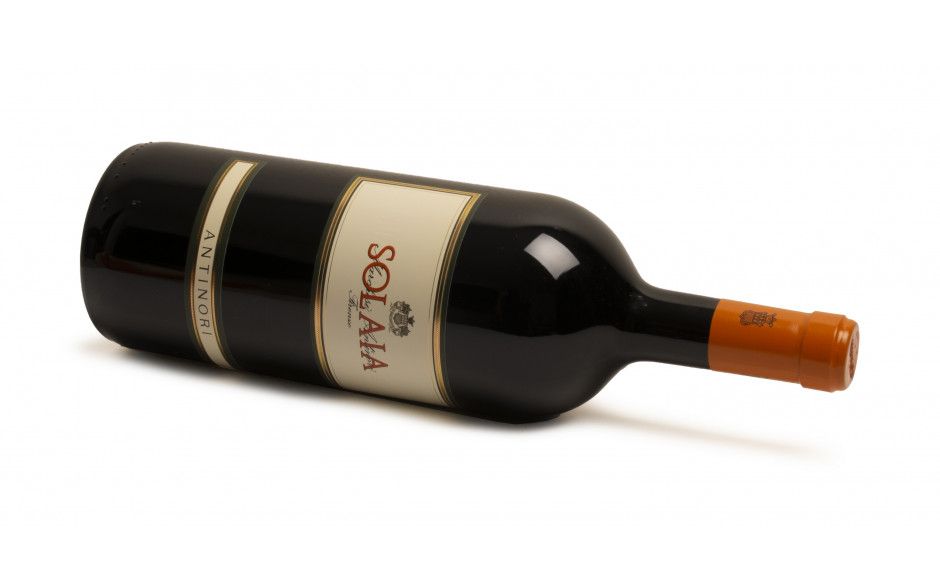
The Super Tuscan revolution could not have occurred without the Antinori family. While Mario della Rochetta inspired others to plant Bordeaux varieties in local soils, Piero Antinori showed the world that Chianti could rise above the confines of the (then) antiquated DOC system. They are the true Godfathers of the Super Tuscan style, and Solaia is their most outstanding achievement. A heady blend of Cabernet Sauvignon, Cabernet Franc, and Sangiovese, Patriarch Piero Antinori established this excellent wine in 1978 – Solaia rapidly became a massive critical and consumer success and today fetches understandably high prices at auction. In line with other notable estates, the 2017 vintage was lauded as “one of the great all-time vintages in Tuscany” by American critics.
It remains an extremely intelligent buy for both connoisseurs and collectors alike. Blackberry jam, graphite, tar, espresso, violets, crushed rocks, and spices are obligatory aromas of Solaia, underpinned by a sophisticated and structured palate. The best years will cellar for decades.
website: www.antinori.it
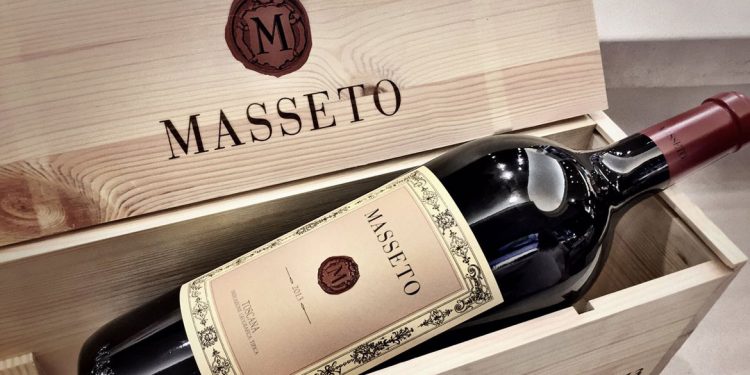
To understand Masseto, it is (briefly) necessary to explore the history of Ornellaia. Founded in 1981 by Lodovico Antinori in Bolgheri, Ornellaia is now recognized as one of the region’s finest Super Tuscans. However, in addition to producing a fantastic Bordeaux blend, the estate’s former winemaker, Andre Tchelistcheff, decided to plant a single vineyard in a unique terroir that has come to be known as the Masseto Hill. Containing rare grey and blue clay, the site’s porous yet well-drained soils are ideal for the Merlot variety. Made in tiny quantities, the first vintage was marketed in 1986 and sold out upon release.
After receiving a 100-point score in the 2001 vintage, Masseto’s reputation soared, and the wine is now almost impossible to find. The lucky and privileged few describe a wine of “immense power and concentration, supported by silky tannins and an exquisite texture.” Formerly made at the Ornellaia estate, a new winery dedicated to Masseto was inaugurated in 2019. This is to be welcomed – such a beguiling wine deserves its own home.
website: www.masseto.com
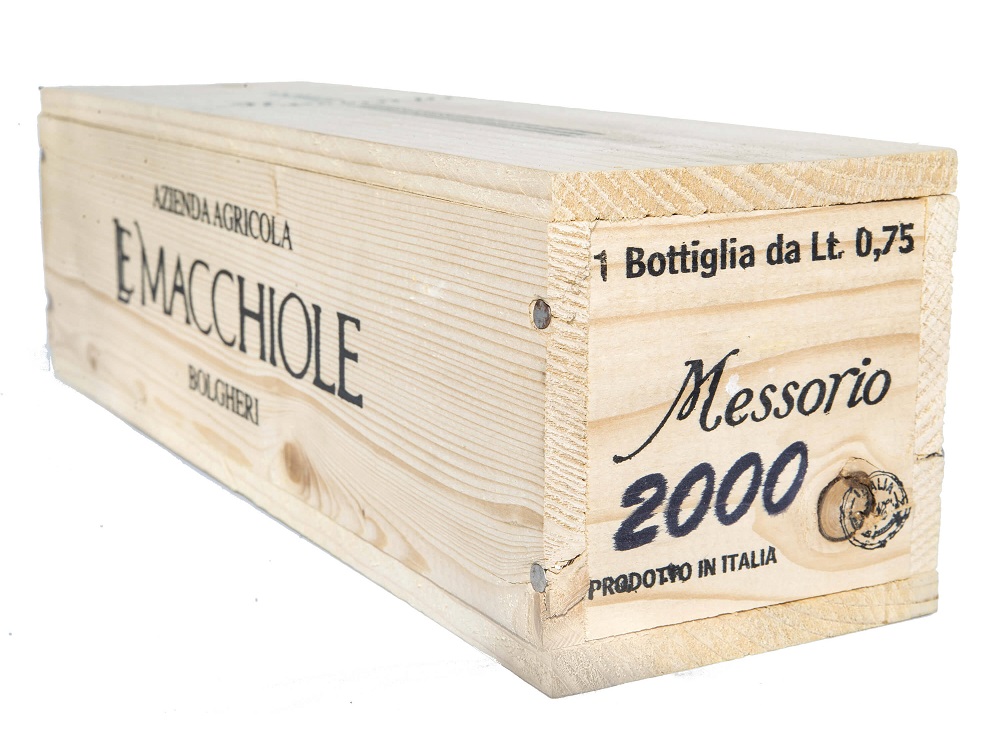
If Masseto has an equal – or rival – in Tuscany, it is undoubtedly Le Macchiole’s Messorio. Another of the region’s single-vineyard wines, Messorio, is a complex and refined expression of Merlot. It mixes the best elements of Pomerol with the unique terroir of Bolgheri to spectacular effect. It has opulence; it has power, and, most importantly of all, it has structure and longevity. The wine was first released in 1994 – the name refers to the local historical practice of harvesting wheat in the fall – and has become a massive global success. Yet Merlot is notoriously difficult to produce as a single varietal, often ‘relegated’ to supplementing Cabernet Sauvignon’s (initial) austerity as a blending partner. But Messerio proves that Merlot can stand on its own two feet, particularly in Bolgheri’s majestic hills.
website: www.lemacchiole.it
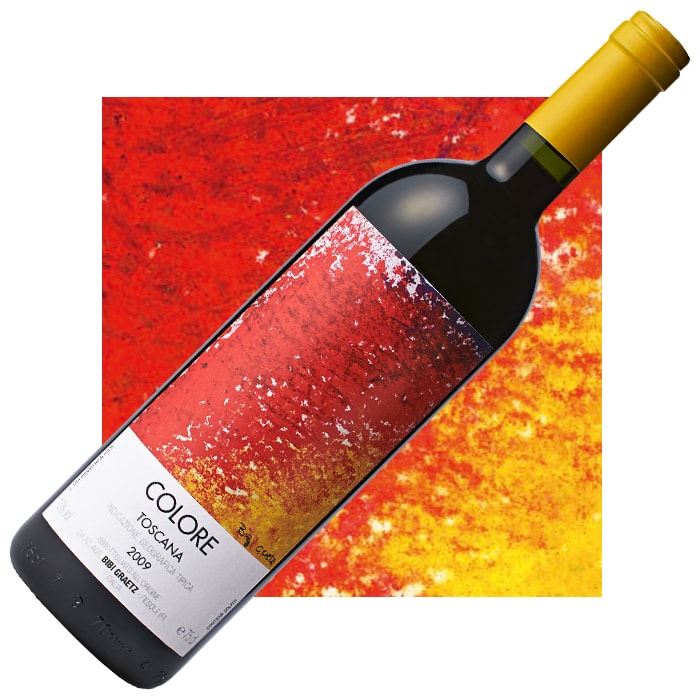
This is another of our favorite Super Tuscan wines. It is unique in so many ways – while many iconic Tuscan labels favor Bordeaux varieties, Bibi Graetz chose instead to champion native gems such as Sangiovese, Colorino, and Canaiolo. Bibi Graetz founded the property in 2000; coming from a family of artists, Bibi had long been fascinated by what he considered the ultimate artistic expression – the coming together of soil, landscape, climate, and grape variety. Produced in a humble yet modern winery overlooking Florence’s gorgeous city, Colore combines old vines, meticulous attention to detail, and unique terroir. The result is like no other in Tuscany. The red fruit cushions an extremely structured palate, with a mineral core supporting the soil’s most distinctive taste as if mined from the earth’s bowels. Inimitable, prestigious, and made in small quantities, Colore is the oenophile’s dream.
website: www.bibigraetz.com
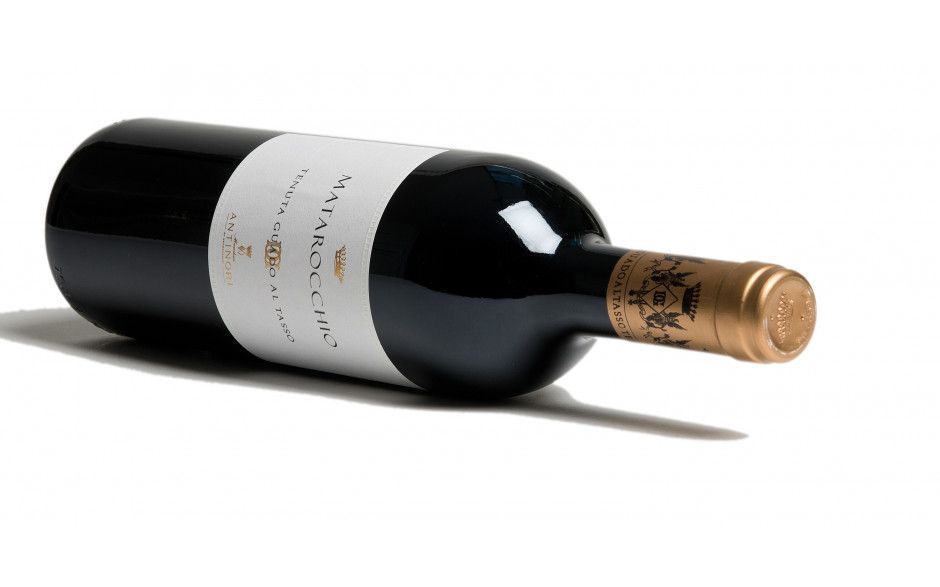
The Antinori family has done it again. Matarrocchio equals Ornellaia and Sassicaia, a wine of depth, complexity, and understated elegance. Piero Antinori’s mother inherited the estate, which has been lovingly restored over the decades by Piero’s daughter Albiera and her sisters. They fell in love with the property and its grand sweep of 320 hectares of vineyards in the most idyllic landscape imaginable. It’s all here: the rolling hills, cypress trees, and olive groves. Planted with a mixture of Cabernet Sauvignon, Merlot, Syrah, Cabernet Franc, Petit Verdot, Vermentino Nero, and Bianco, Guado al Tasso makes a range of wines, none more lauded and loved than Matarrocchio. A single vineyard 100% Cabernet Franc wine, Matarrocchio is the glorious combination of terroir and first-class winemaking.
First produced in 2007, the wine has gained in weight and complexity as the vines have matured along with understanding this very special site. It bears more than a passing resemblance to Cheval Blanc, with a dense palate of black fruit and graphite supported by elegant and sophisticated tannins. Approachable on release, Matarrocchio is nevertheless built to last.
website: www.antinori.it
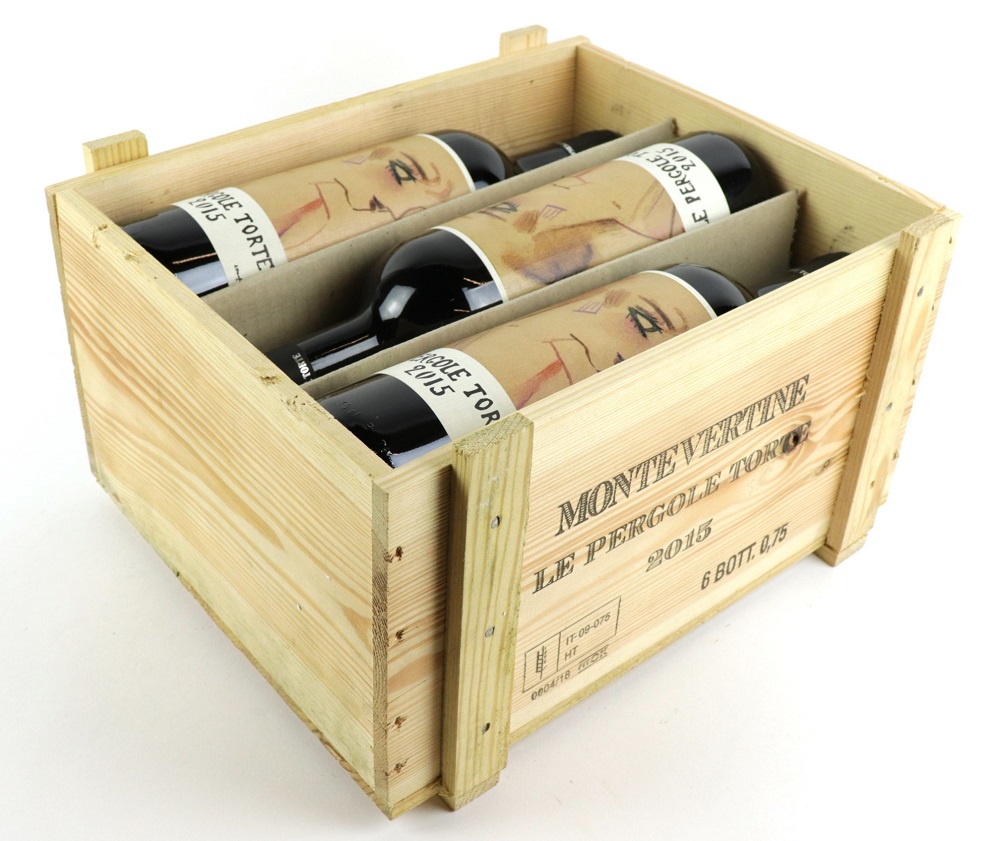
If Piero Antinori has an equal in the revolutionary vanguard of Chianti’s reawakening in the 1970s, it is undoubtedly Sergio Manetti. After an exhausting search for a particular terroir worthy of his goal, he founded Montevertine in 1967. Manetti wanted to produce a 100% Sangiovese Super Tuscan, which was forbidden by the authorities. Manetti left the Chianti appellation framework in the 1980s, which allowed him to pursue his vision of growing this variety to perfection. Sadly, Manetti has died, but his quest for supreme excellence continues. Indeed, Le Pergole Torte is a 100% Sangiovese wine like no other.
Its modern custodian is Sergio’s son Martino, whom winemaker Paolo Salvi supports. Produced in small quantities and harvested at meager yields, the depth, concentration, and complexity inherent to every vintage of Le Pergoe Torte are unsurpassed. Wine critic Antonio Galloni describes the 2012 vintage as “bright, focused, and pulsing with energy.” A fitting eulogy to a remarkable wine.
website: www.montevertine.it
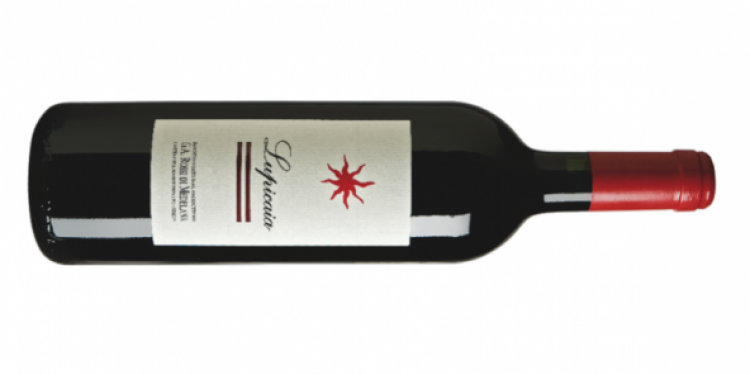
When Mario Incisa della Rochetta founded Tenuta San Guido in Bolgheri in the late 1960s, he catalyzed a striking revolution in local viticulture – little did he imagine that so many aspiring investors and winemakers would emulate his efforts. Castello del Terriccio is one such prime example of this trend. Success naturally breeds imitation, and this ancient estate found a new direction under the stewardship of Dr. Gian Annibale Rossi di Medelana Serafini Ferri. Dr. Ferri wanted to make a wine to rival Sassicaia, so he planted Cabernet Sauvignon, Sangiovese, and Merlot vines in the late 1980s in spectacular landscapes inland from the Tyrrhenian Sea. Sadly, Dr. Ferri died in 2019; however, his nephew Vittorio continued his fine work.
Their top cuvee, Lupicaia, typically comprises Merlot, Cabernet Sauvignon, and a dash of Petit Verdot. The wine is excellent – powerfully scented, structured, and impeccably balanced. Red fruit combines with spice and the aromas of forest floor and tobacco, always supported by supple tannins and fine acidity. If such evidence is needed, it is yet more proof that Bolgheri’s diverse terroir has few peers.
website: www.terriccio.it
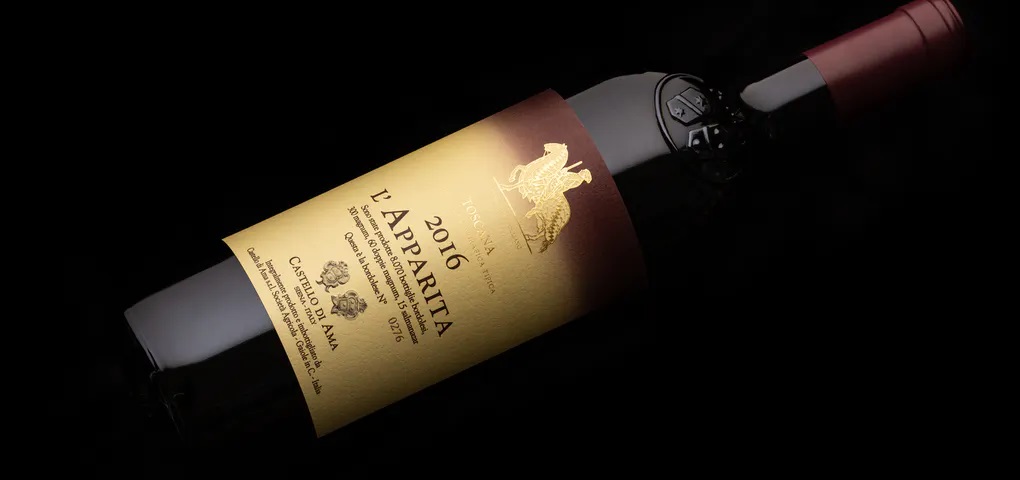
We conclude with an exceptional example of the Super Tuscan genre. Castello di Ama has produced excellent Tuscan wine for centuries, although its modern history began relatively recently after the current owners replanted the vineyards. Today, managed by Lorenza and Marco Sebasti, the jewel in the crown is the Super Tuscan L’Apparita. First produced in 1985, it is a single vineyard Merlot (planted in 1975) of incredible finesse and refinement. The parcels are located on clay soils at the top of the legendary Bellavista vineyard – naturally conducive to low yields.
The terroir is perfect for crafting a distinctive, high-class Merlot of considerable charm and complexity. It is undoubtedly reminiscent of a top Pomerol, yet the Tuscan terroir’s uniqueness shines through. On average, 7-8000 bottles are made from this small vineyard, so obtaining a vintage is a tall order. For this reason, L’Apparita is made for drinking, not for investing. Wines as rare and majestic as L’Apparita are too good to pass on.
website: www.castellodiama.com
If you would like us to customize an exclusive luxury tour, contact us and let us know your travel plans. We offer luxury food and wine tours for private groups of a minimum two guests. In addition, all of our private, chauffeured tours are available year-round upon request.

